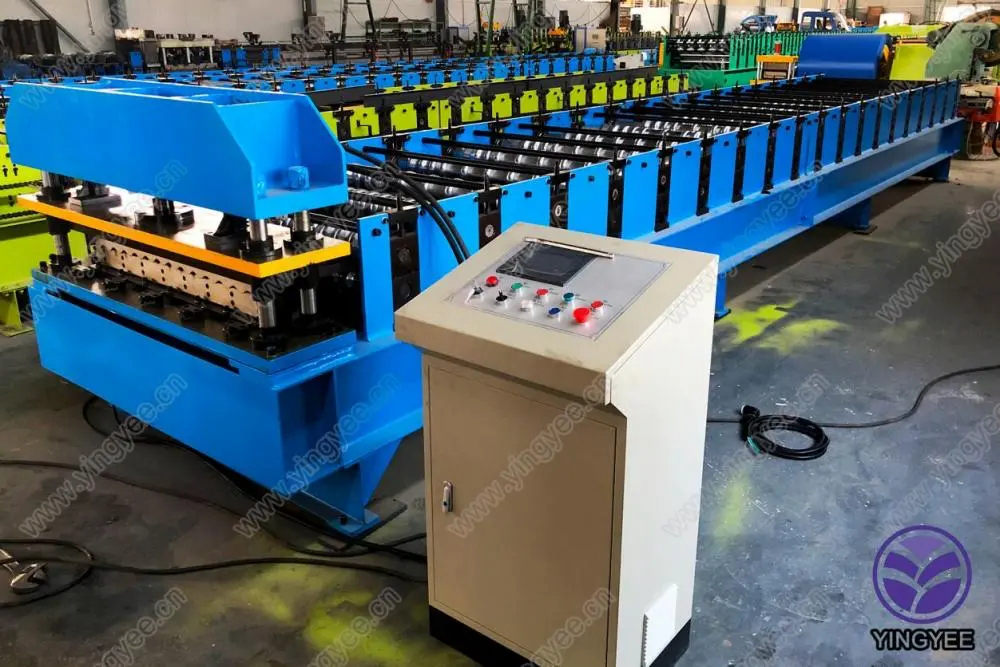
The Versatility and Efficiency of Metal Strut Channel Roll Forming Machines
In the fast-paced world of construction and manufacturing, efficiency, precision, and quality are paramount. One essential piece of machinery that embodies these principles is the metal strut channel roll forming machine. These machines automate the process of creating strut channels—essential components used for supporting electrical conduits, piping, and HVAC installations. This article explores the intricacies, benefits, and applications of metal strut channel roll forming machines in modern industrial processes.
Understanding Strut Channels
Strut channels are elongated metal sections with a symmetric design, characterized by aligned holes that facilitate versatile mounting options. Commonly made from materials such as steel or aluminum, strut channels can withstand significant weight loads, making them ideal for various structural applications. Their standardization in size and shape simplifies assembly, reducing labor costs and installation time.
The Roll Forming Process
Roll forming is a continuous bending operation in which a long strip of metal is progressively shaped into a desired cross-section through a series of contoured rolls. The precision involved in this method allows for consistent output, crucial for maintaining structural integrity in construction applications. Metal strut channel roll forming machines streamline this process, enhancing both speed and accuracy.
These machines are equipped with multiple rolls that shape the raw metal into a strut channel profile as it passes through. The automation of this process helps manufacturers achieve high volumes of strut channels with minimal human intervention. With digital controls, operators can easily adjust the machine settings to accommodate different sizes or designs, providing flexibility in production.
Benefits of Using Roll Forming Machines
1. Efficiency Metal strut channel roll forming machines significantly reduce production time compared to traditional manufacturing methods. By automating the shaping process, manufacturers can produce long lengths of strut channels quickly.
2. Material Optimization Roll forming utilizes metal efficiently, minimizing waste. The process can handle materials of various gauges, allowing for optimal use of available resources.

3. Consistency The precision of roll forming ensures that every piece of strut channel produced meets the same specifications. This consistency is critical for applications that require precise measurements and fitting.
4. Customizability These machines can be configured to create a wide range of profiles and lengths, allowing manufacturers to cater to specific project requirements without the need for multiple machines.
5. Durability The design of metal strut channels produced by roll forming contributes to their strength and capability to bear substantial loads, making them resilient elements in construction.
Applications in Industry
Metal strut channels find broad applications across various industries. In construction, they are used for mounting systems in buildings, supporting electrical boxes, and securing pipes. Their versatility extends to the automotive and aerospace sectors, where they may be used for lightweight structures while ensuring durability.
Additionally, strut channels have applications in manufacturing setups, where they serve as racks and supports for machinery and tools. Their ease of assembly and robust nature makes them a favorite in industrial facilities that prioritize organization and efficiency.
Conclusion
As industrial needs evolve, the demand for efficient and high-quality manufacturing processes continues to rise. Metal strut channel roll forming machines are at the forefront of this evolution, providing manufacturers with the tools necessary to meet contemporary challenges. Their ability to produce reliable, standardized components quickly and cost-effectively is indispensable in today’s fast-moving manufacturing landscape.
Investing in a metal strut channel roll forming machine can lead to significantly improved productivity and profitability. As industries strive to enhance operational efficiencies and product reliability, the role of these innovative machines will undoubtedly continue to grow, shaping the future of structural engineering and manufacturing.